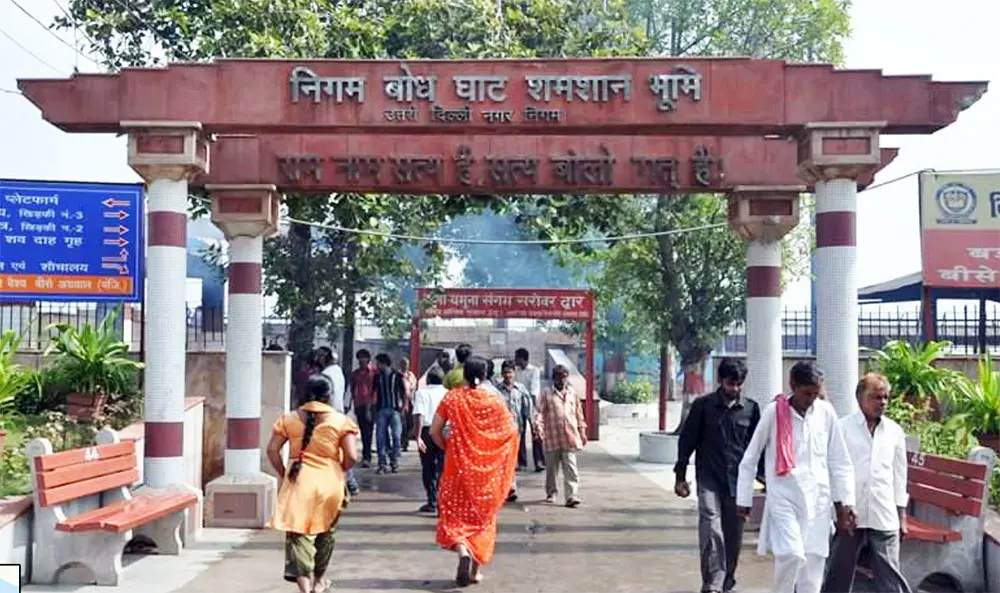
Nigambodh Gate, located along the Ring Road in the northeastern part of Old Delhi near Nigambodh Ghat, is one of the 14 gates that were originally built by Mughal Emperor Shah Jahan in the 17th century. This gate was part of the walled city of Shahjahanabad, the imperial capital founded by Shah Jahan, now known as Old Delhi. Constructed in red sandstone, like many Mughal architectural works, Nigambodh Gate served as an entry point into the bustling city, offering access to Nigambodh Ghat on the Yamuna River. Establishment and Historical Significance Shah Jahan commissioned Nigambodh Gate as part of the fortified structure surrounding Shahjahanabad, established around 1639 CE. This fortification included 14 gates, each strategically located to control entry and manage trade, pilgrimage, and movement of goods. Nigambodh Gate specifically provided access to the nearby Nigambodh Ghat, an ancient site of significant Hindu spiritual importance. According to Hindu mythology, Nigambodh Ghat is where sage Vishwamitra is believed to have retrieved the sacred Vedas from the Yamuna, making it a revered site for rituals, especially last rites and cremations, which continue to this day. Architecture Though much of the gate has been lost to time and urban development, the remnants of the structure showcase Mughal architectural style, using robust red sandstone. The original gate likely featured typical Mughal elements such as a large arched entrance, decorative floral motifs, and possibly smaller domed pavilions or chhatris atop the gate. While only a fragmentary wall section remains today, this red sandstone piece serves as a historical marker connecting modern Delhi with its Mughal past. Current Condition and Conservation Due to urban expansion and infrastructure developments, especially along the Ring Road, Nigambodh Gate has suffered significant structural loss. Today, only a section of the red sandstone wall remains, partially hidden in Old Delhi’s urban landscape. Conservation efforts have been minimal, primarily due to the gate’s deteriorated condition and the surrounding developments. Nonetheless, Nigambodh Gate remains a symbol of Shah Jahan’s original vision for Shahjahanabad, with its remnants reminding visitors of Delhi’s layered history. Cultural Legacy Even in its current state, Nigambodh Gate is a significant historical and cultural artifact. It serves as a reminder of the once-grand walled city and the role of gates in defining the boundaries of the Mughal capital. Its proximity to Nigambodh Ghat adds religious importance, bridging the Mughal city with a Hindu pilgrimage site that has been central to Delhi’s cultural landscape for centuries.